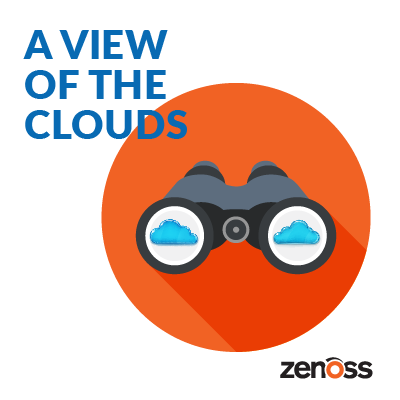
There are a number of reasons for this. The New Stack did a survey last year on serverless computing and asked participants to name the top three areas in which serverless architectures have had a positive impact on their software development life cycles. Flexibility of scaling, speed of development, cost of resources, and speed of deployment were the top four responses.
The same survey also showed that the top three cloud providers delivering serverless platforms — by a mile — were Google, Microsoft and Amazon. If an organization is all in on any one of these, they’re probably getting a lot of very rich data from their provided tool set on how these serverless functions are performing. Zenoss offers rich ZenPacks supporting each of those three providers to help bring their data into any broader infrastructure monitoring mandate so both cloud and more traditional elements can be managed using a single integrated solution.
But surveys from Gartner have shown that over 80% of enterprises are adopting a multicloud strategy, leveraging more than one cloud provider. Maybe you’re one of them! If you are, Gartner says you’re probably doing it to maintain agility and avoid vendor lock-in. The nice thing about serverless architectures is that they’re modular, which makes it easy to consume best-fit services from multiple clouds in order to make an application work. But, as you can imagine, governance of this environment can be a challenge as the complexity of the managed environment increases exponentially.
Maintaining visibility across all cloud vendors in use, then, becomes a key priority for IT Ops teams that are tasked with managing the health of a multicloud environment while keeping costs down. To help with this, Zenoss recently released its Unified Multicloud Serverless Monitoring ZenPack, which can aggregate and visualize data from other ZenPacks monitoring AWS, Azure, or Google Cloud serverless resources. This lets IT administrators easily track the behavior and performance of serverless functions across all cloud providers in use, giving visibility into things like top functions ranked by invocation count, runtime, or error rate.
This is just the start of what’s possible, though. Going forward, you can easily see how a tool like this, using direct access to the way your organization is actually using the capabilities provided by its cloud vendors, can give you a very valuable window into which investments are working out (and which are not).
If you’d like to see a demo of this feature, or of Zenoss in general, then please reach out.








